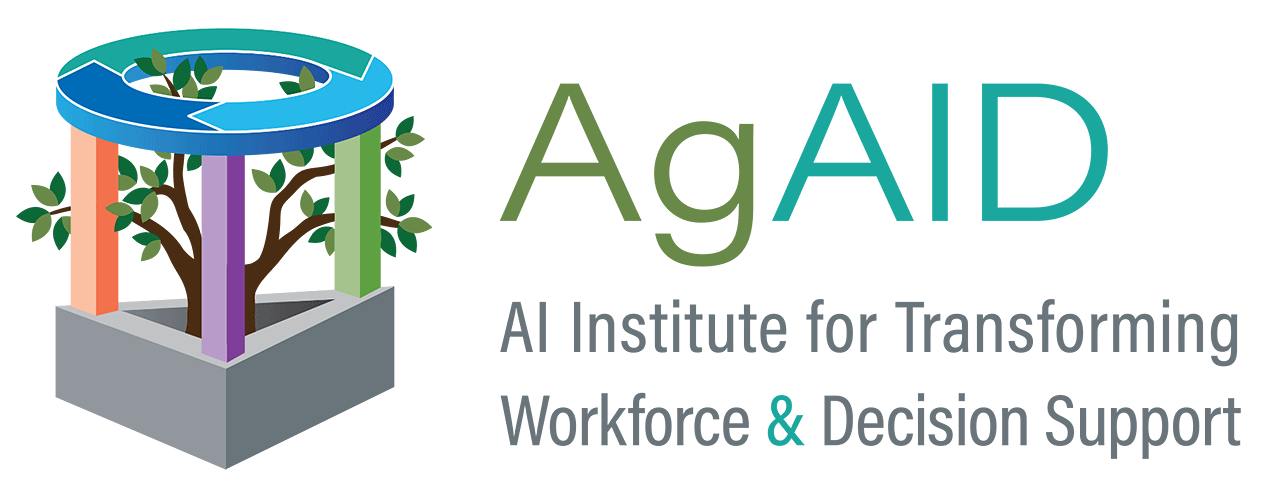Team
- Faculty: Samarth Swarup (UVA), Madhav Marathe (UVA), Mandy Wilson (UVA), Abhiijin Adiga (UVA), Kirti Rajagopalan (WSU),
- Postdoctoral scholar: Matthew Yourek (WSU)
- Graduate students: Bhupinderjeet Singh (WSU), Supriya Savalkar (WSU)
Objective
- To develop an agricultural digital twin (synthetic population) that is representative of the demographics and activity patterns of agricultural workers, and which can be used to inform simulations of agricultural processes such as water usage and distribution, transportation, and crop rotations.
Approach
For detailed agent-based simulations of people and locations supporting decision-making due to hazards and resilience, good representation of the agents is critical. Privacy regulations as well as obvious impracticality make it impossible to capture the relevant properties of the actual region being studied. This is the reason why synthetic populations are used. A synthetic population, or a digital twin, is a representation of the actual population of a region that is statistically indistinguishable from the real population on the data dimensions used to construct it: demographic data from the US Census for persons and households are fused with activity surveys, commercial and residential location data, and commute data using mathematical models, statistical techniques, and ML techniques to construct a population that has:
- Persons and households whose demographic properties match the Census at the geographic resolution of blockgroup.
- A sequence of activities for each person of the population describing in detail when-and-what they do throughout a week; the activity sequence assigned to a person is carefully matched using their demographic attributes and household structure.
- A near-complete set of residence- and general locations each with geo-coordinates and an NAICS designation.
- An activity location mapping assigning each activity of every person to a location.
In short, a synthetic population of a region captures the who, and who-does-what-where in high detail, thus supporting a broad range of agent-based simulation models.

